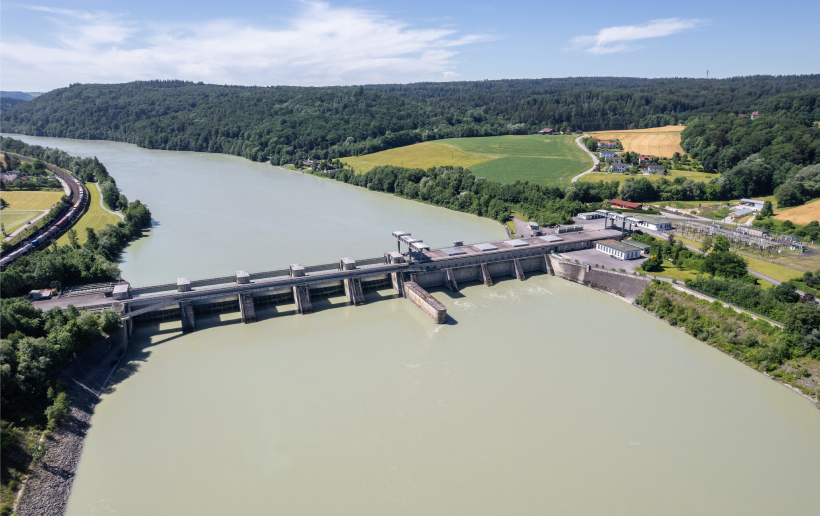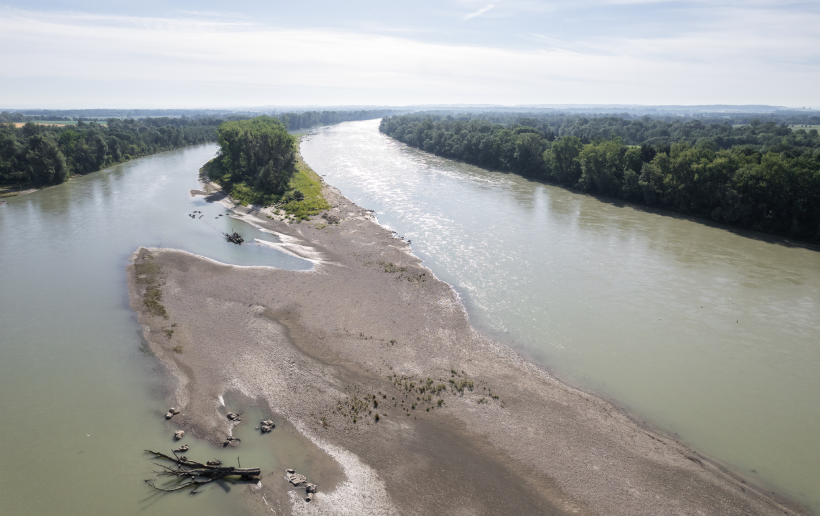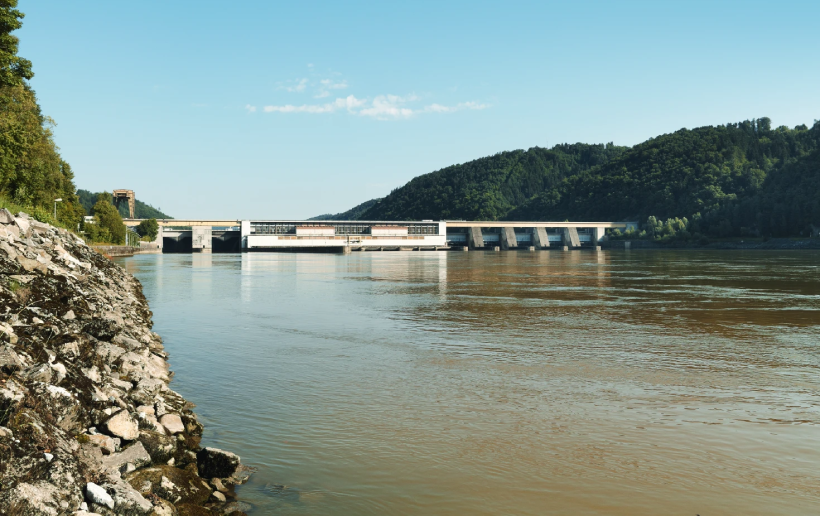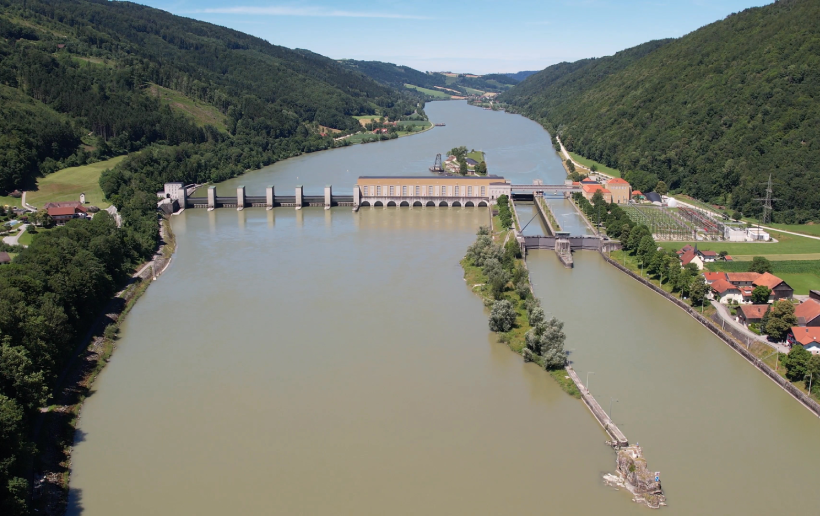Fish migration aids and renaturalisation
LIFE Blue Belt Danube Inn builds on existing restoration projects on the Danube and Inn. The Jochenstein and Schärding-Neuhaus power plants will receive bypass rivers. The Ybbs-Persenbeug and Aschach power plants on the Danube will receive smaller bypasses. The Passau-Ingling power station will be made passable for fish by means of a slotted pass. Near-natural bank structures and targeted desedimentation in the reservoirs further improve the ecological conditions along the Inn and Danube.








